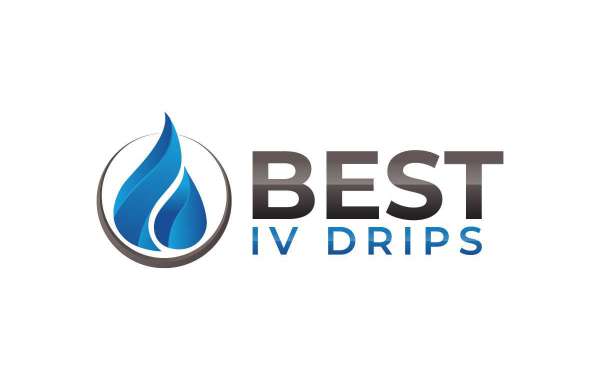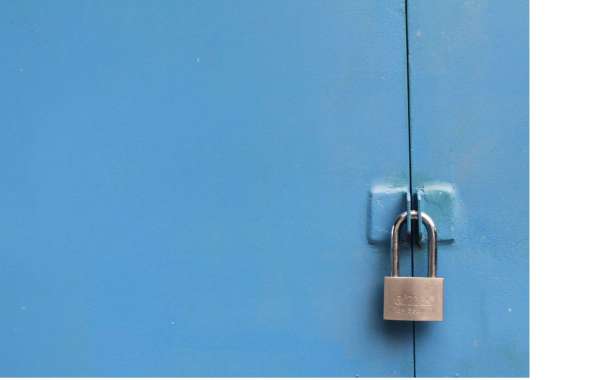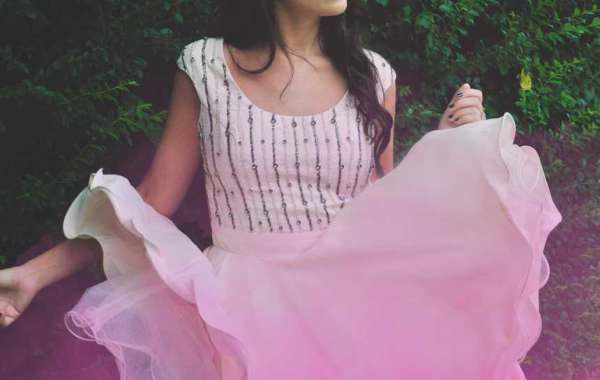iv drip queens is best suited for shrub or flower beds and will not work to water a lawn area. A professionally designed irrigation system consists of a combination of rotors, sprays, and drip. Rotors are great for large lawn areas, sprays are used for smaller lawn areas or shrub beds, and drip can be used for shrub beds and more delicate flowers.
There are several great things about drip irrigation. First off you are only applying water directly where the plant or flower needs it, right at the root of the plant, which cuts down on a lot of waste. Secondly since you are applying water right where it is needed you will cut down on weeds since you will not be watering unnecessary areas. If your water source is a metered supply such as city water, drip irrigation can save you hundreds of dollars per year. Drip irrigation consumes up to 300X less water than conventional sprays when watering the same area.
If you have an existing irrigation system you can actually easily convert to drip irrigation fairly easy. For example, if you have a shrub bed that currently uses spray heads, you can remove the sprays and cap them off and run drip tube in its' place. Rain Bird makes a product called a 'retro-fit kit' that can be installed directly into the case of an existing 1800 series spray head (the most commonly used spray head in residential irrigation.) Even if you have a different brand or model of spray heads, you can just remove a spray head near the middle or center of the zone and install the Rain Bird 1800 retro fit.
The retro-fit drip has a built-in pressure regulator to reduce the pressure to be suitable for drip and it also has a screen to filter out junk that would clog up the drip emitters. You can then come off the retro-fit and run drip tube with pre-installed emitters along the bed and right near the roots of the plants. Rain Bird makes a drip tube that is called 600 series drip and has pre-installed emitters spaced one every 1 foot. You can also get the drip with emitters installed every 18" if you'd like.
If you don't want the drip with pre-installed emitters than you can choose the 'naked' drip tube which is just the tubing alone. You can then manually install emitters in the size and spot where you want them. Drip is measured in gallons per hour (gph) instead of gallons per minute (gpm) like conventional sprinkler heads. The 600 series drip tube with pre-installed emitters that I mentioned allows 0.9 gph out of each emitter. This might not seem like a lot, but it is almost one gallon of water in one hour coming out of each emitter. Imagine filling up a gallon milk container 90% full and that is the amount of water that is being delivered.
There are many areas that may be suitable for drip irrigation, it is up to you if you want to use it. I will say one negative thing about drip is that even with the filters and screens, the tiny emitters do tend to get clogged on systems that have shallow wells as their water source. This is because of the dirt and minerals like iron that tend to be in this well water. Most deeper wells do not have as much of a problem and drip works best with a clean source like city water. I tend to use drip mainly on systems tied to city water because of the clean water and the cost savings. Sprinkler systems tied to shallow wells do not cost the homeowner an arm and a leg in water costs, so I tend to stick with sprays for those systems.








